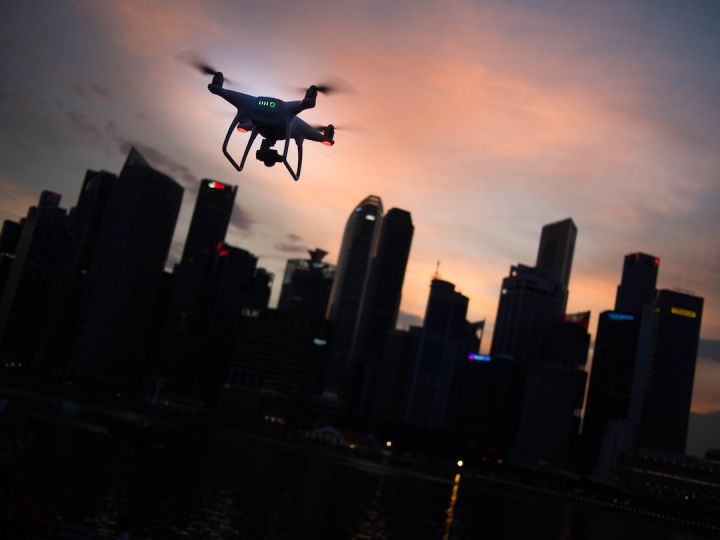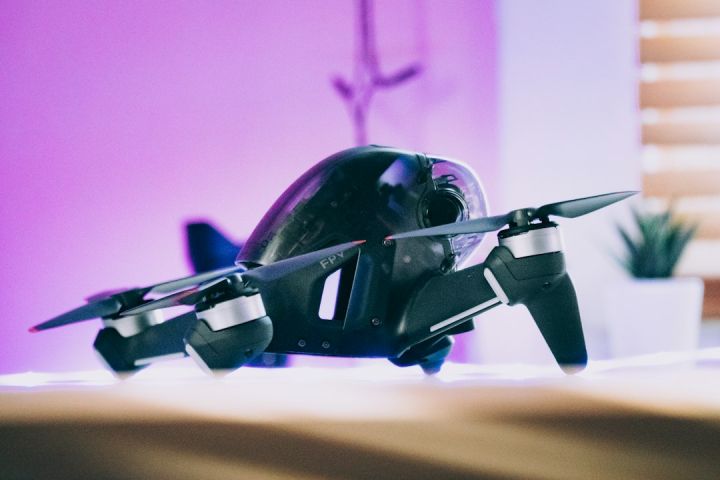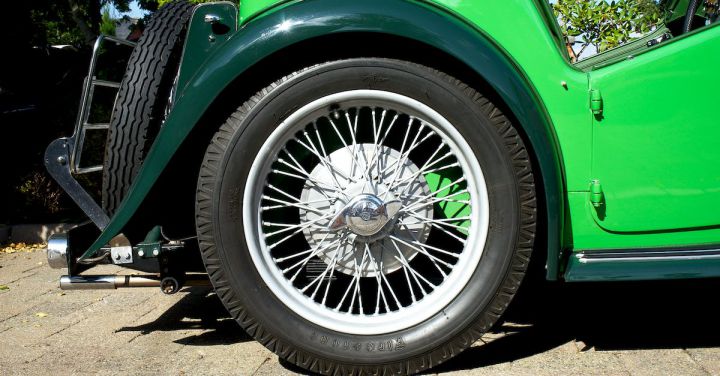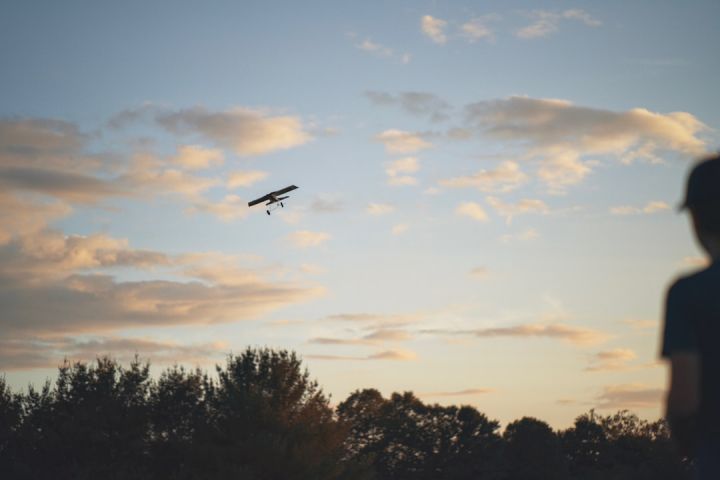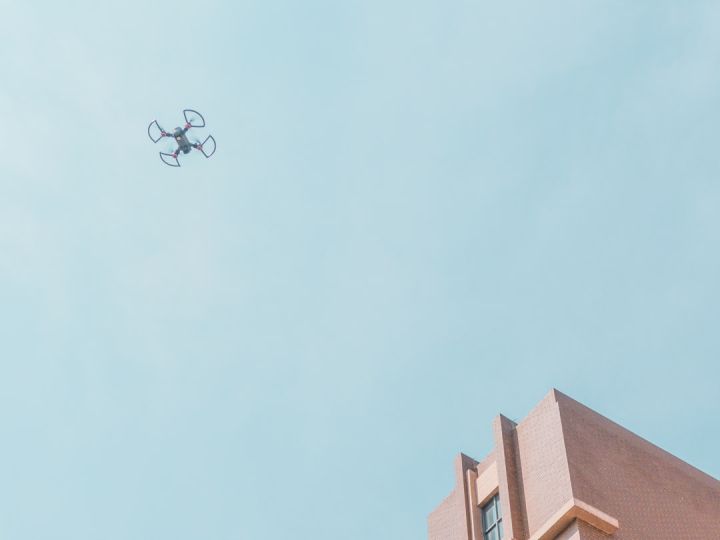What Are the Challenges of Diy Drone Building?
Building your own drone can be an exciting and rewarding experience. It allows you to customize your drone to your specific needs and preferences, and it can also save you money compared to buying a pre-built drone. However, DIY drone building is not without its challenges. In this article, we will explore some of the key challenges that you may encounter when building your own drone.
1. Technical Expertise
One of the major challenges of DIY drone building is the requirement for technical expertise. Building a drone involves understanding various components such as motors, flight controllers, and electronic speed controllers. You need to have a good understanding of how these components work together and how to troubleshoot any issues that may arise. Without the necessary technical knowledge, you may find yourself struggling to assemble and configure the drone properly.
2. Sourcing Parts
Another challenge is sourcing the right parts for your drone. With so many options available in the market, it can be overwhelming to choose the right components that are compatible with each other. You need to consider factors such as weight, power requirements, and compatibility with your flight controller. Additionally, finding reliable and reputable suppliers can be a challenge as well, as some may provide low-quality or counterfeit parts.
3. Building and Assembly
The process of building and assembling the drone can be time-consuming and intricate. Each component needs to be carefully installed and connected, and any mistakes can lead to performance issues or even accidents during flight. It is essential to follow detailed instructions and double-check your work to ensure everything is in place correctly. Patience and precision are crucial when building a DIY drone.
4. Calibration and Configuration
Once the drone is assembled, it requires calibration and configuration. This involves setting up the flight controller, adjusting motor and propeller settings, and calibrating sensors such as the gyroscope and accelerometer. Achieving the right balance and stability can be challenging, especially for beginners. It may take several attempts and adjustments to get the drone to fly smoothly and respond accurately to controls.
5. Troubleshooting and Maintenance
Even after successfully building and configuring your drone, you may still face troubleshooting and maintenance challenges. Drones can experience technical issues such as motor failures, signal interference, or flight control problems. Troubleshooting these issues requires a systematic approach and the ability to diagnose and fix problems effectively. Regular maintenance is also necessary to ensure the longevity and optimal performance of your DIY drone.
In conclusion
Building your own drone can be a rewarding experience, but it also comes with its fair share of challenges. Technical expertise, sourcing the right parts, building and assembly, calibration and configuration, and troubleshooting and maintenance are some of the main challenges that DIY drone builders may encounter. However, with patience, perseverance, and a willingness to learn, these challenges can be overcome. The satisfaction of successfully building and flying your own drone is well worth the effort. So, if you are up for the challenge, go ahead and embark on your DIY drone-building journey!

